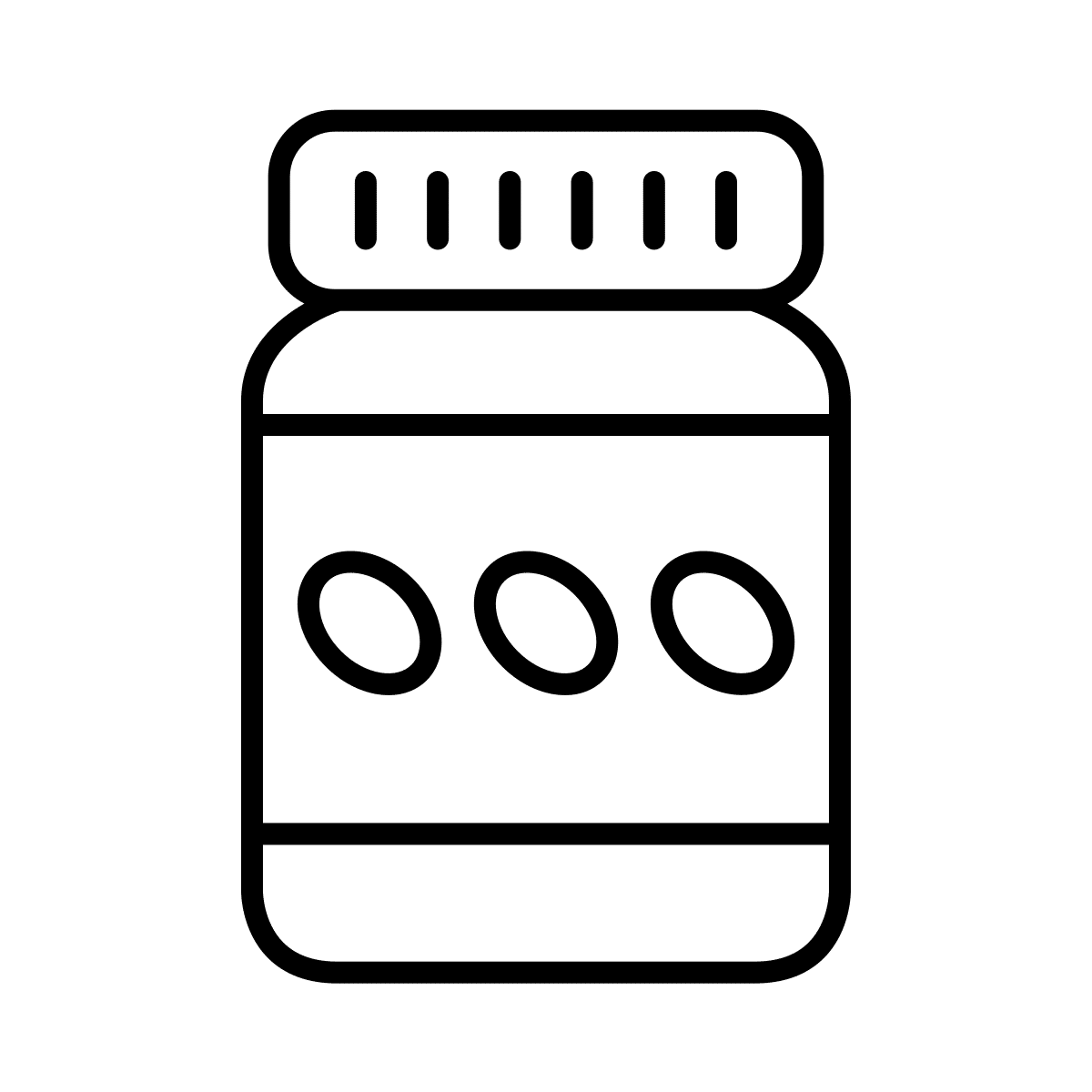A native shopping app provides advantages that can change the game in a highly competitive and ever-changing landscape. Just having an app isn’t going to cut it though. Apart from your competitors waking up to the power of native apps, there are thousands of apps competing for the all-important attention of your customers. As a channel, there are hundreds of dials you can tweak to change the output, so the main question becomes:
Which elements of a shopping app have the most impact on the output?
Luckily, we are here to answer that question and provide you with the 8 elements of a winning app. Working with premium brands, we’ve got a front-row seat at how things like a smooth checkout, optimized customer support, engaging app messaging, and many other elements have separated the winners from the liquidated in recent years.
We will take you through the entire customer journey from beginning to end, highlighting what to focus on, and have even added a bonus subject at the end for you to sink your teeth into.
Let’s get going!
1. Seamless onboarding
Just as it is with any channel, the journey your customers go through should make sense, provide everything they need, and most importantly; remove as many obstacles as possible on the road to (repeated) purchase.
Starting with adoption, offering a direct and easy road to download your app is key. Use QR codes and provide easy one-click options for users to get started at every touchpoint (i.e. email signatures, newsletters, order confirmation emails, etc.).
Welcome new users with open arms by designing a user-friendly onboarding process that guides them through app features and showcases the value proposition. In-app messages are a great tool for this, as they can pop up based on specific triggers and nudge customers along the tough stages (i.e. where you experience drop-off).
Features such as the wishlist can assist customers while exploring your product offering, while some have even gone as far as to customize their UI to allow for quicker shopping.
Even the best journeys can lose customers, so that’s why it is important to:
2. Provide easy access to customer support
Never assume that your customer will ‘figure it out’. By offering convenient and responsive in-app support, you demonstrate your commitment to customer satisfaction, which in turn fosters brand trust and loyalty, leading to positive word-of-mouth marketing and potentially attracting new customers.
This can be achieved by adding a contact- or FAQ page, but research by Econsultancy.com has shown that live chat dominates the satisfaction rate with 73% (compared to 61% for email and 44% for phone), mainly due to the fact they can get answers to questions quick and direct. We live in a time of ‘now’ and the sooner you provide answers, the sooner they can get back to what you want them to do: Shopping.
Having your customers on track again, you want to assist them further in helping them come to an actual buying decision. The most tried and proven way to do this is:
3. Leveraging social proof
Social proof is powerful and the embodiment of social proof is product reviews. After implementing one of the many review tools JMango360 is integrated with (such as Feefo, TrustPilot, Yotpo, and many more) we’ve always seen a strong correlation between user-generated reviews on products and actual product sales.
It’s no secret that people consult online reviews before buying. When researching this topic the number of consumers that consult reviews before making a purchase varies between 93-97% and around one-third of buyers report that their decision was heavily influenced by a positive review. By stimulating these (either through loyalty points, or other avenues) you are building a strong and credible product portfolio.
In addition, it’s important not to overlook the actual rating of your app on both the App Store and Google Play Store. Granted, most folks give either a 1-, or a 5-star review, but it’s the actual feedback from the reviews that is valuable. It can tell you where you are hitting home runs and where you are fumbling. Don’t overlook these comments and respond to them actively with more than a generic ‘Thank you for your feedback’.
Since we are on the topic of communication, of course, we are going to talk about:
Engaging App Messaging
Don’t be afraid of push- and in-app notifications, but use them wisely. Sending targeted notifications for abandoned carts, exclusive deals, new product arrivals, and inside information (re-)engages users and drives them to your app.
Additionally, you can utilize push messages as a unique benefit, by keeping customers updated on the status of their order(s) and notifying them when their favorite item is back in stock.
Keep users informed and most importantly; excited! Send push notifications to announce new product arrivals, highlight seasonal collections, or showcase trending items. This strategy keeps users engaged with your app and entices them to browse and discover new favorites.
Bonus tip!
Tap into the power of social proof by sending push notifications that feature customer reviews or showcasing popular products. Seeing positive experiences from others can incentivize users to purchase.
For example: “⭐⭐⭐⭐⭐ ‘This dress is amazing!’ – Sarah K. Shop it now!”
Stand out from the crowd. Craft push notifications that are visually appealing by incorporating emojis and relevant product images. This grabs attention and increases the likelihood of them clicking through to your app.
This pretty much covers everything related to getting your customers to where you want them to be. Now let’s look at how to optimize the most critical phase in the journey:
5. A seamless checkout process
One of the most frustrating metrics in e-commerce is the Cart Abandoned Rate. You probably spent countless hours crafting the most sophisticated recovery journeys, but what if you could prevent these lost sales?
Convenience is King!
Features like Apple Pay Express Checkout (paying with just a click of a button) and Google Pay shorten the checkout time tremendously, which has led to an increase in overall sales with many of our clients, some as high as 6%!
Additionally, you can remove hurdles from the actual buying process, to allow for the time-shortening and conversion-boosting effect:
You can think of simple tweaks like allowing guest checkout (some folks just want to buy right now and see the account creation process as an inconvenience), or you can put in a bit more elbow grease by allowing a wider variety of payment methods. This last one might sound counter-intuitive, but the more payment options you offer, the easier it is for customers to pay as most have a preferred (i.e. trusted) method of payment.
Another time-saver is that a JMango360 app allows users to save their preferred payment information for future purchases, eliminating the need to re-enter details each time. All these little things can add up to a nice uptick in sales and decreasing CAR.
With your journey laid out and fully optimized, it’s time to get people through the door. One of the most effective ways to drive adoption is:
6. App Exclusives
If you consider your app to be an extension of your (mobile) website, you are missing the point. Your app is different from your website, the same way a physical store is different; it offers unique benefits and can be turned into a true VIP experience for loyal customers. Don’t see it as an acquisition channel, but a nurture channel for customer base, focussing on growing LTV and not just turning a quick conversion.
By offering exclusive benefits such as early access to sales and product releases, app-only promotions, and/or app-exclusive offerings, you can turn your app from a simple shopping experience to an upgraded version of your current customer journey.
Add the integration of your loyalty program and you have a power-house experience that will grow retention and LTV, in addition to enhancing your brand’s value and customer experience overall. You can use your loyalty program to offer special rewards for app usage, boost adoption, and drive your customers to the channel where they are locked in and can be engaged directly with push notifications.
Let’s tie it all together:
7. Integrating the app into your Omnichannel Marketing
Treating the app as a stand-alone channel is a waste of opportunity. Each of the channels you command, whether it is your website, a physical store, your newsletter, or your social media, offers a unique benefit and value in the blended canvas that is your marketing.
Where newsletters are good for conveying information, socials dominate visualization and the website/store is your customer’s trusted home, your app can tie all those channels together by being in their pocket at all times and having the ability to buzz (not bug) for their attention at critical points. Try to see it as the universal remote control that connects all your channels into one easy-to-use handheld device.
Create app sales and promote them through social, create social contests and promote them through push, set up in-store promotions, and communicate through newsletters, socials, push, and so on. A rising tide lifts all ships, and by including your app in the mix, all channels benefit from the influx of new possibilities.
Integrating a new communication channel is hard, we get that, so to get you started we recommend simply starting with copying all promotions that go out through your newsletter onto your app messaging calendar. Once you’ve grown into the habit of including push, you’ll find that coming up with omnichannel promotions and marketing strategies becomes easier and more fun over time.
When you have all elements of the journey sorted, it’s time to look at how you can upgrade the experience as a whole. This is done by:
8. Creating a personalized shopping experience
We probably don’t have to explain the impact of personalized marketing; you run an e-commerce business after all. Whether it is through communication, product recommendations, search, or personalized offers; tailoring the app experience to every individual customer works like gangbusters on performance.
JMango360 offers integrations with the most popular tools such as OneSignal, Klaviyo, and many more that can create a more personalized journey triggered by purchase history, behavior, and other events. Imagine the most direct form of communication tying into each customer’s unique preferences and acting upon their behavior in real-time.
In addition to messaging, the performance of your search actually plays a big role in the outcome of your journey. According to BigCommerce, a streamlined search experience with recommended products based on customer preference can boost AOV to as much as 369%!
So optimizing this part of the experience with additional tooling such as Doofinder, or Searchanize (available for integration with JMango360) is worthy of your consideration.
Wrapping up on the elements of a winning app, we would be remis to leave out one final subject. It’s not an app element persé, so we’ve added it as a special bonus:
Bonus tip: Actively monitoring performance
Every tap counts. Using JMango360’s analytical tools (which now includes Google Firebase) you can track user behavior within your app. See which features are most popular, where users get lost, and where they abandon the app.
Data is your ally in this, but without a clear target, outlined by your KPIs, it can also become a hidden enemy. Before you start analyzing your performance, it’s important to first decide what you want out of the channel.
Are you currently focussed on driving adoption, churning out as many sales as possible or are you looking to enhance your customer experience? Granted, some metrics, such as revenue, downloads, and AOV, will always be relevant, but the secret sauce lies in nuanced KPIs that represent your end goals.
In addition to the business metrics, it’s also important to keep tabs on the technical analyses. This entails metrics like app load times, crash rates, and user drop-off points. For example, high crash rates on a specific product page might indicate an image optimization issue. By analyzing this data, you can pinpoint bottlenecks and prioritize improvements.








